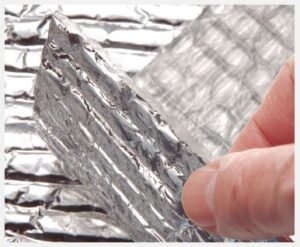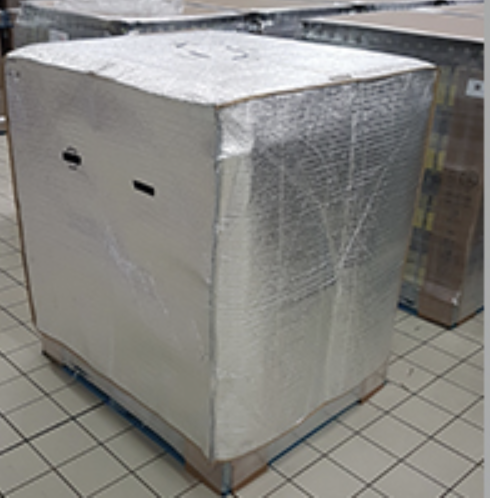Thermal covers ands air transport

A thermal cover for air transport typically refers to a protective covering designed to regulate and maintain temperature during the transportation of temperature-sensitive goods, such as perishable foods, pharmaceuticals, chemicals, or other products that require specific temperature conditions to be maintained. These covers help prevent temperature fluctuations and ensure that the products remain within their required temperature range throughout the journey, whether it’s a short domestic flight or a long international trip.

Key features of a thermal cover for air transport might include:
- Insulation: The cover is usually made of insulated materials that provide a barrier against temperature changes. These materials can include layers of foam, reflective films, and insulating fabrics.
- Heat Reflective Properties: Many thermal covers incorporate reflective materials that can reflect sunlight and external heat, preventing temperature buildup inside the packaging.
- Moisture Resistance: Thermal covers often have moisture-resistant properties to prevent condensation and moisture buildup, which could compromise the quality and safety of the transported goods.
- Customization: Thermal covers can be designed to fit specific cargo containers, aircraft cargo holds, or pallet sizes. Customization ensures a snug fit and optimal thermal performance.
- Durability: The cover should be designed to withstand the rigors of air transport, including handling, loading, and unloading, without compromising its thermal properties.
- Easy Handling: Some covers are designed with features like handles, zippers, and fasteners to facilitate easy installation and removal.
- Compliance: Depending on the type of goods being transported, the thermal cover might need to meet regulatory standards such as those set by organizations like the International Air Transport Association (IATA).

It’s important to note that the specifics of a thermal cover can vary widely depending on the type of cargo, distance of travel, and the airline’s or shipper’s requirements. These covers play a crucial role in ensuring the quality and safety of temperature-sensitive goods during air transport, helping to prevent spoilage, degradation, and potential financial losses.
